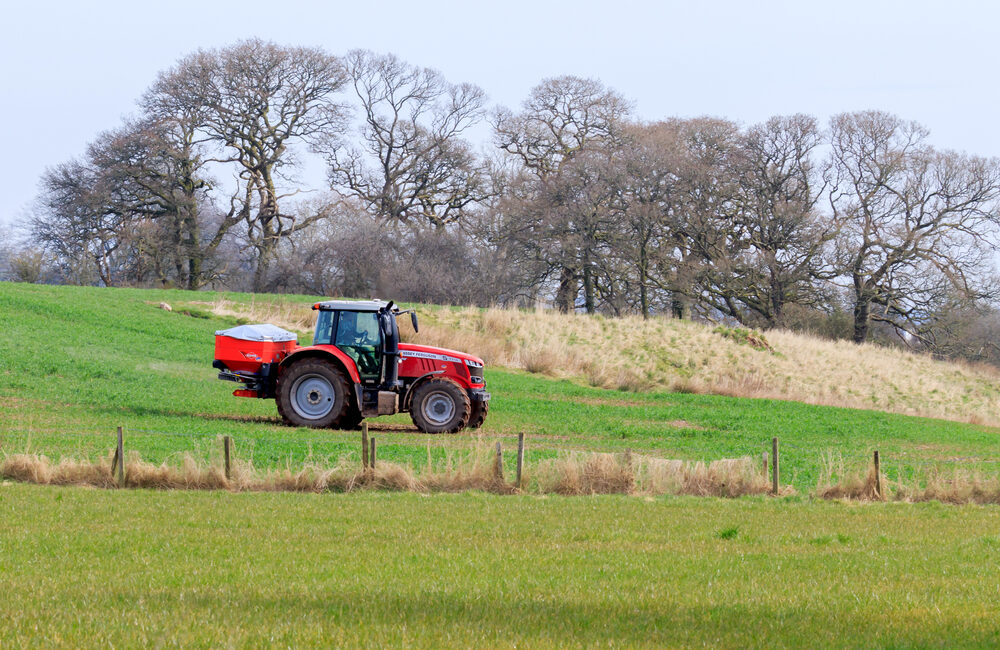
Flourishing pastures don’t just happen overnight. A thriving pasture with nutritious forage for your herd takes commitment and a lot of planning. As we head into the heart of summer, now is a good time to look ahead at what your pastures will need this fall for optimal soil health and fertility.
You can’t manage what you don’t measure.
This is especially true with your soil’s health. There are many components that affect soil health, from nutrients levels to organic matter and soil structure. That’s why getting your soil tested is the best way to get an understanding of what is underneath the surface..
Many companies and agronomists offer soil sampling. A great resource is the University of Missouri Extension Office. They have a Soil and Plant Testing Laboratory that will analyze your soil for nutrient content and provide some recommendations for increasing yields through fertilizer applications.
If you’re in the beginning phases of pasture management, finding out the levels of pH, phosphorus and potassium in your pasture through soil sampling is a good place to start.
Soil sampling tips
- Collect 10-12 cores per sample and limit each sample to no more than 20 acres.
- When soil sampling, simpler is better. Instead of tackling all of your land at once, pick a pasture that looks like it could use some help.
Did you know that Broomsedge will only grow where there is a deficiency of phosphorus? Or that low nitrogen in forage grasses may show up with a lack of stolon or rhizome development or overall slow growth? And sometimes, forage grasses may be struggling in areas where potassium is low, especially in high-stress conditions, such as a drought.
Besides giving your cool season grasses a kick-start in the fall, a late summer or early fall fertilizer application may be easier to schedule, as applicators tend to get tied up with spring demands for row crops. Fall fertilization will also contribute to a longer growing season and help carry your herd into early winter.
N, P, K… then what?
While these essential nutrients can make or break your forage growth, a strong pasture needs a healthy overall ecosystem—organic matter, microbes and water infiltration. Good news with a grazed pasture – you’ve got a great start on organic matter! However, if a pasture is overgrazed you may have a compaction issue… not to mention the “overgrazed” part.
Another rule of thumb is never to graze your grass below 4”. By moving your herd before they’ve eaten too much, you allow proper rest for the grass and avoid compaction issues.
If you send a herd into a paddock area and the forage is 12”, some pasture management experts will tell you to only let them graze to 6”—or half the original height. This leaves plenty of leaf residual to allow the root system to keep growing and helps the plant recover faster. But more important than plant height is the number of days grazed. Once cattle take the first bite of grass, it only takes 3-5 days for regrowth to occur. And that new grass is much more palatable, which means your herd is more apt to eat the new growth than the existing forage.
Stick to the plan.
After you’ve invested in soil testing and fall fertilization, and crafted your grazing strategy, stick to the plan. If you’re stuck on the final decisions of how many head per paddock per day, South Dakota State Extension has a handy tool that might help take the headache out of those calculations.
With consistent graze management and treatment – you can be sure your pastures and herd will be healthy!
